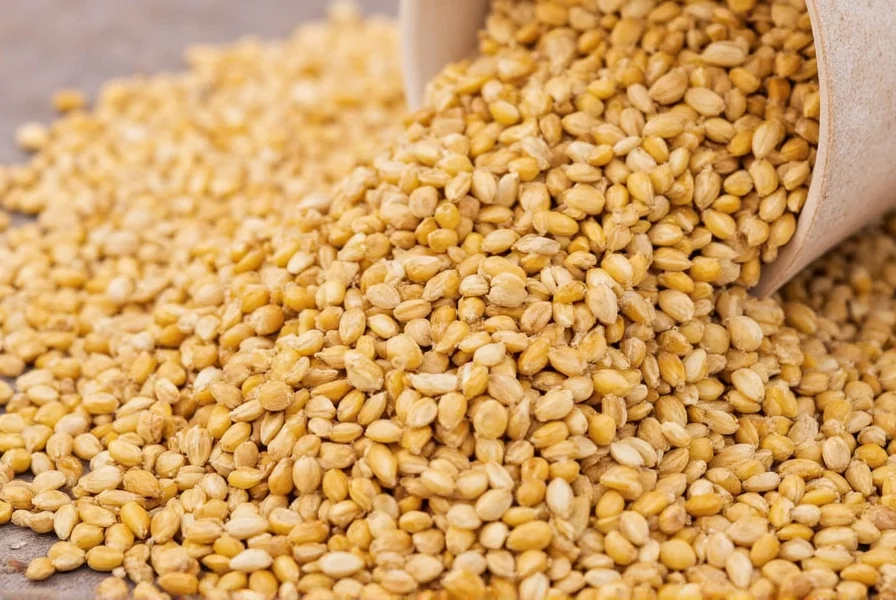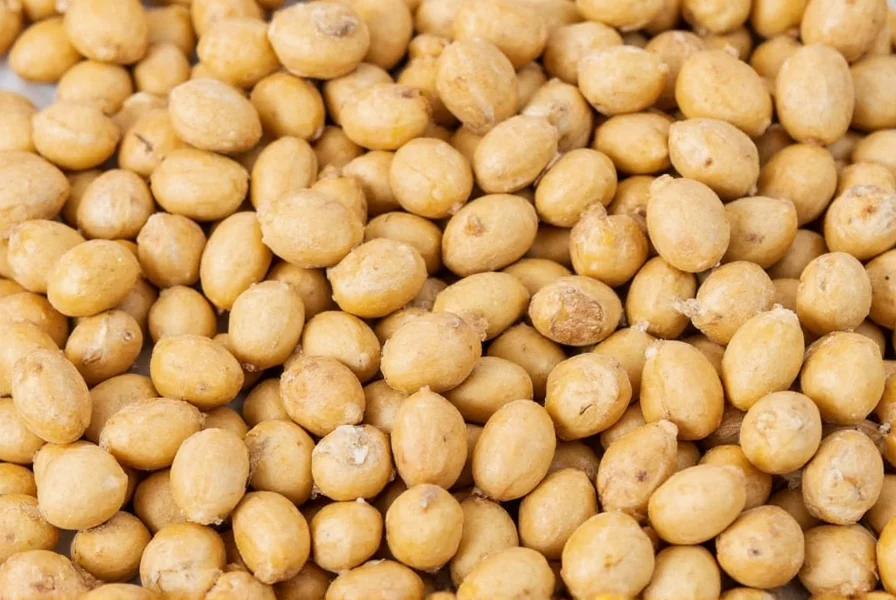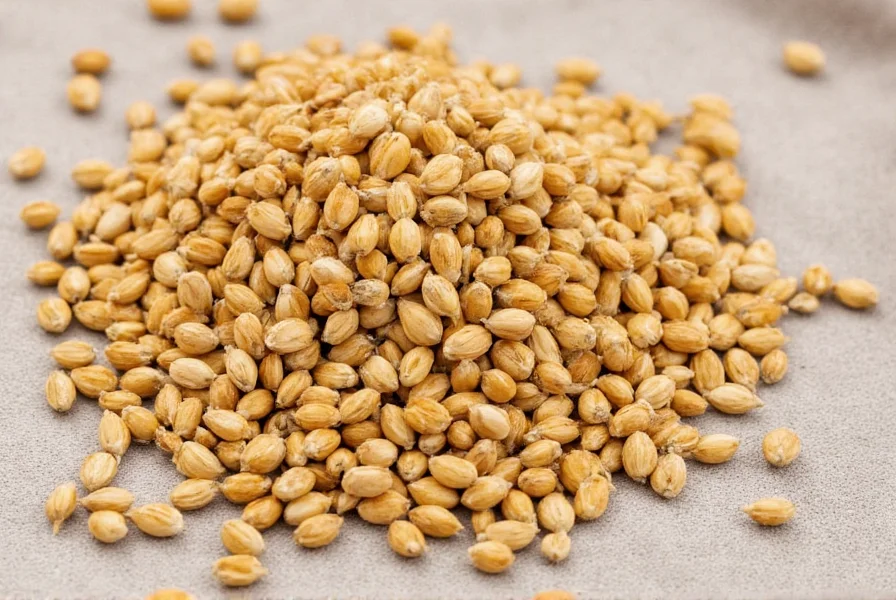Fenugreek seeds (Trigonella foenum-graecum) have been used for centuries in traditional medicine and culinary practices across Asia and the Mediterranean. These small, amber-colored seeds pack a nutritional punch with fiber, protein, and compounds like diosgenin that contribute to their health benefits. Understanding proper consumption methods ensures you maximize benefits while minimizing potential side effects.
Understanding Fenugreek Seed Benefits
Before exploring consumption techniques, it's valuable to know why people incorporate fenugreek into their routines. Research indicates potential benefits for blood sugar management, milk production in breastfeeding mothers, digestive health, and inflammation reduction. The seeds contain galactomannan fiber that slows carbohydrate digestion, which explains their popularity among those managing type 2 diabetes. However, these benefits only manifest with proper preparation and consistent, moderate consumption.
Effective Fenugreek Seed Consumption Methods
1. Soaking Method (Most Common Approach)
Soaking fenugreek seeds overnight in water represents the simplest and most traditional consumption method. This process reduces bitterness while enhancing nutrient availability.
| Step | Instructions | Timing |
|---|---|---|
| Measurement | Use 1-2 tablespoons of raw seeds per serving | Before soaking |
| Soaking | Cover seeds with 2-3 cups filtered water in glass container | 8-12 hours |
| Consumption | Drink water first thing in morning, chew seeds afterward | Empty stomach |
| Frequency | Once daily for general health, twice for specific conditions | Consistent use |
This fenugreek seeds soaking method benefits digestive health by activating enzymes that break down complex compounds. Many users report improved blood sugar control when consuming soaked seeds regularly for 4-6 weeks. For those wondering how to eat fenugreek seeds for weight loss, this method provides soluble fiber that promotes satiety.

2. Sprouting Technique (Enhanced Nutrient Profile)
Sprouting fenugreek seeds increases their vitamin content and reduces antinutrients that can interfere with mineral absorption. This method requires slightly more effort but yields significant nutritional advantages.
- Rinse 2 tablespoons seeds thoroughly
- Soak in water for 8-12 hours
- Drain and place in sprouting jar or colander
- Rinse twice daily for 3-5 days until sprouts appear
- Consume 1-2 tablespoons of sprouts daily
Sprouted fenugreek contains higher levels of vitamins C and K compared to raw seeds. Those exploring how to prepare fenugreek seeds for hair growth often prefer sprouts due to increased bioavailability of nutrients that support scalp health. Store sprouts in the refrigerator for up to 5 days.
3. Powdered Form (Versatile Consumption)
Grinding fenugreek seeds into powder offers the most flexible consumption method, easily incorporated into various foods and beverages.
- Dry roasting: Lightly toast seeds in pan before grinding to reduce bitterness
- Grinding: Use coffee grinder or mortar and pestle for fine powder
- Dosage: Start with ½ teaspoon daily, gradually increasing to 1-2 teaspoons
- Usage: Mix with water, add to smoothies, or incorporate into curries and breads
This approach works well for individuals seeking the best way to consume fenugreek seeds for diabetes management, as the powder can be precisely measured and consistently incorporated into daily routines. The powdered form maintains stability for 2-3 months when stored in an airtight container away from light.
Recommended Dosage Guidelines
The daily recommended dosage of fenugreek seeds varies based on purpose and individual health status:
- General health maintenance: 500mg-1,000mg (approximately 1 teaspoon)
- Blood sugar management: 1,000mg-2,000mg divided into two doses
- Lactation support: 500mg-1,000mg three times daily
- Digestive health: 1 teaspoon soaked seeds daily
Begin with lower doses to assess tolerance, gradually increasing over 1-2 weeks. Never exceed 5,000mg daily without medical supervision. Those using fenugreek specifically for therapeutic purposes should consult healthcare providers for personalized fenugreek seeds consumption dosage recommendations.
Safety Considerations and Potential Side Effects
While generally safe when consumed in food amounts, higher therapeutic doses may cause:
- Digestive discomfort (gas, diarrhea) especially when starting
- Maple syrup-like body odor due to sotolone compound
- Blood sugar drops when combined with diabetes medications
- Allergic reactions in sensitive individuals
Contraindications include pregnancy (may stimulate uterine contractions), upcoming surgery (may affect blood sugar control), and hormone-sensitive conditions. The fenugreek seeds consumption side effects are typically mild but warrant attention when using therapeutic doses. Always monitor your body's response during the first week of regular consumption.

Storage Recommendations for Maximum Freshness
Proper storage maintains fenugreek seed quality and potency:
- Store whole seeds in airtight glass container away from light and moisture
- Keep in cool, dark place (not refrigerator) to prevent moisture absorption
- Whole seeds remain potent for 2-3 years when stored properly
- Ground powder should be used within 2-3 months for maximum benefit
- Soaked seeds must be consumed within 24 hours
Check seeds periodically for musty odors or discoloration, which indicate spoilage. Properly stored fenugreek maintains its characteristic bitter-sweet aroma that intensifies when roasted.
Frequently Asked Questions
What is the best time to consume fenugreek seeds for maximum benefits?
For blood sugar management, consume fenugreek 15-30 minutes before meals. Many health practitioners recommend taking soaked fenugreek seeds first thing in the morning on an empty stomach for general health benefits. Those using fenugreek for lactation support often divide their daily dose, taking portions before breakfast, lunch, and dinner. Consistency matters more than precise timing—choose a schedule you can maintain daily.
Can I consume fenugreek seeds daily without breaks?
While moderate daily consumption (within recommended dosages) is generally safe for most adults, taking periodic breaks is advisable. Many practitioners recommend 5 days on, 2 days off, or 3 weeks of daily use followed by 1 week break. This cycling approach prevents potential digestive adaptation and maintains effectiveness. Long-term continuous use beyond 6 months should only occur under healthcare provider supervision.
How long does it take to see results from consuming fenugreek seeds?
Results vary by purpose: blood sugar improvements may appear in 2-4 weeks; increased milk production typically shows in 24-72 hours; digestive benefits often manifest within days; hair and skin improvements usually require 8-12 weeks of consistent use. Patience is essential—most benefits develop gradually with regular consumption. Track your experience in a journal to identify subtle changes that might otherwise go unnoticed.
Can I consume fenugreek seeds if I have hypoglycemia?
Individuals with hypoglycemia should exercise caution with fenugreek consumption due to its blood sugar-lowering effects. Consult your healthcare provider before use, and if approved, start with very small doses (¼ teaspoon) while monitoring blood sugar closely. Never use fenugreek as a replacement for prescribed diabetes management without medical supervision. Those with hypoglycemia may benefit more from occasional rather than daily consumption.
Are there any foods that enhance fenugreek seed absorption?
Fat-soluble compounds in fenugreek absorb better when consumed with healthy fats. Pairing fenugreek with avocado, nuts, seeds, or olive oil can enhance absorption of its beneficial compounds. Vitamin C-rich foods like citrus fruits or bell peppers may also improve mineral uptake from fenugreek. Avoid consuming fenugreek with high-fiber foods simultaneously, as this may reduce absorption of certain nutrients.











 浙公网安备
33010002000092号
浙公网安备
33010002000092号 浙B2-20120091-4
浙B2-20120091-4